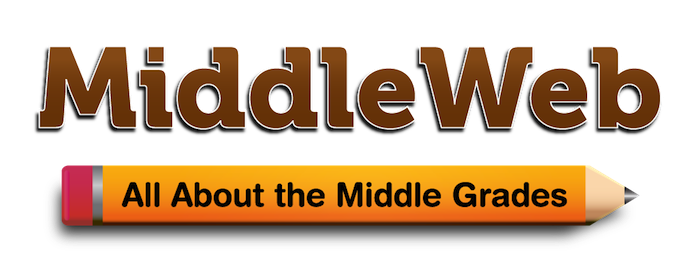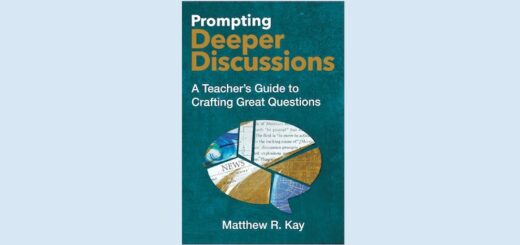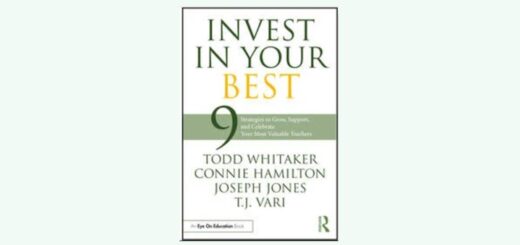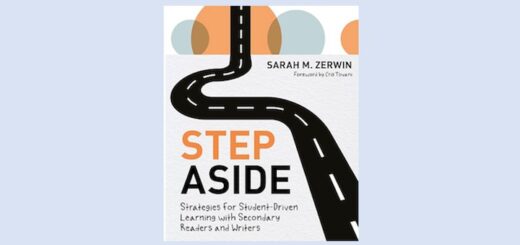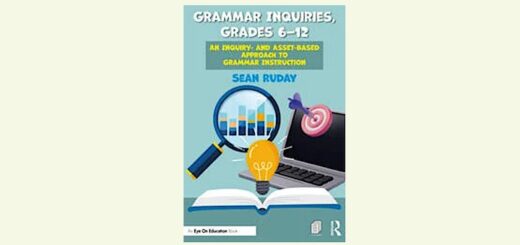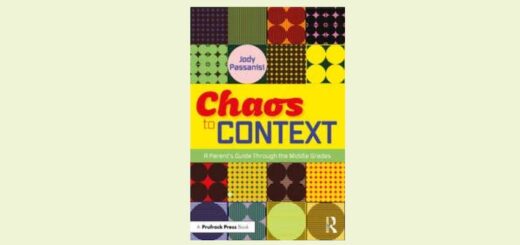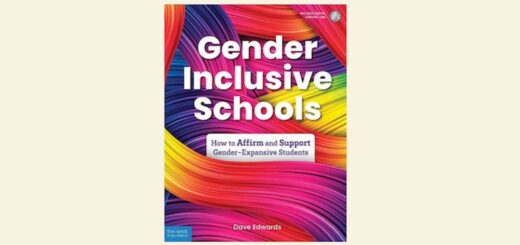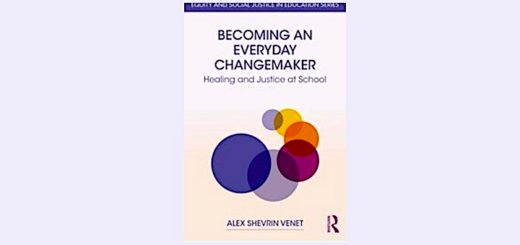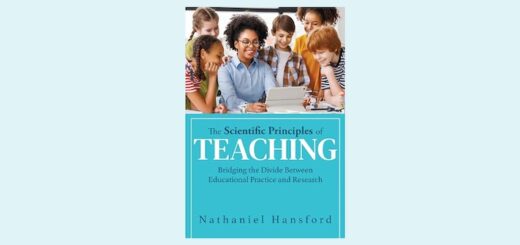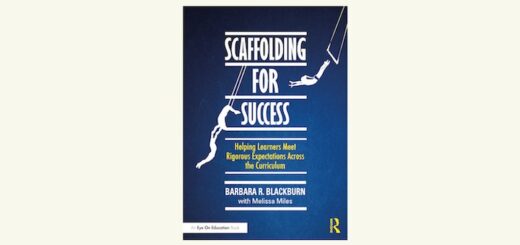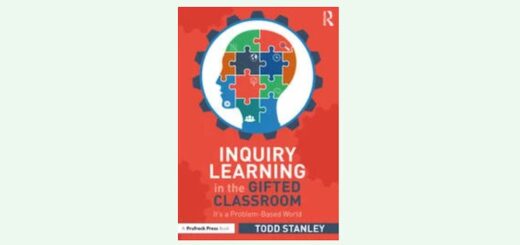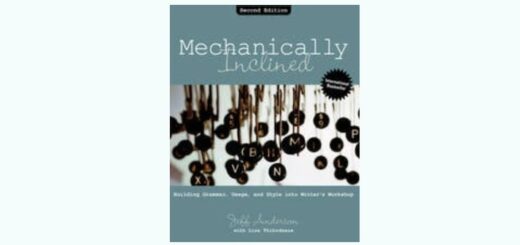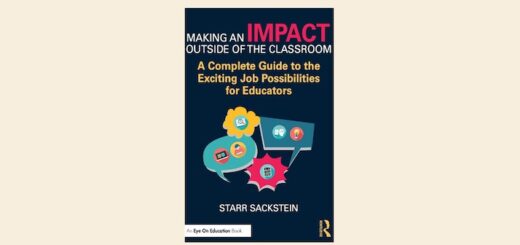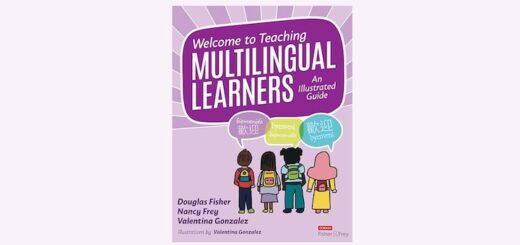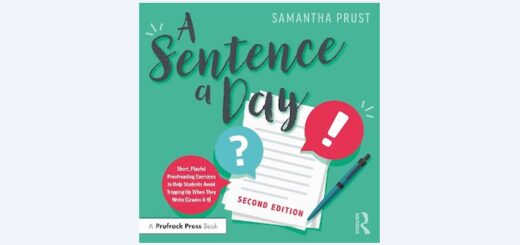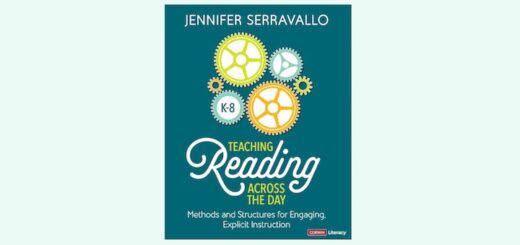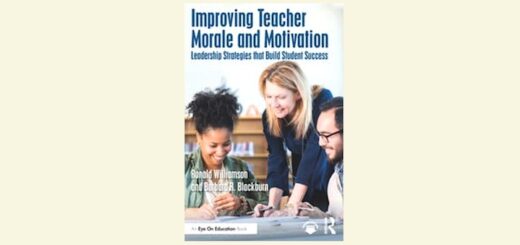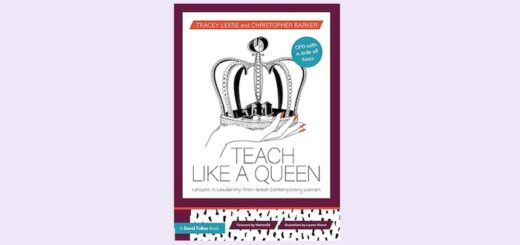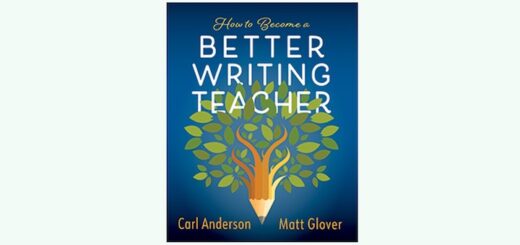Rethinking Productivity for Principals & Coaches
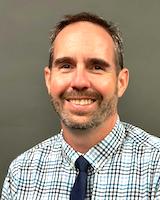 By Matt Renwick
By Matt Renwick
“First things first, second things never.” – Shirley Conran
Up until two years ago, I always had bells and schedules to provide a sense of structure in my life. From my first day of preschool, through high school and college, and as a teacher and eventually a principal, I had external ways of knowing when my day began, when lunch was, when I could call it a day. These 40+ years of something else bracketing my weekdays was comfortable.

It’s like shopping in a grocery store where you have almost unlimited options for simple items like ketchup. Name brand or generic? Low salt or regular? No sugar added or sweet? All of these choices come with loss. We buy this car and forgo that other one. A career choice means giving up potential other lives we could have led.
What I’ve learned is that it’s easy to keep busy in just about any job. What’s difficult is to discern what I should be focused on at the moment while ignoring everything else that I’ve committed to or been assigned.
This is a primary challenge for people: managing all that we feel we have to do while attempting to be in the here and now. It’s an attempt to mentally be in two places at once.
My current response to this challenge is what I refer to as productive presence – having a system for organizing all my responsibilities so that I can focus on one thing at a time. Productive presence is embracing the seemingly contradictory state of both doing and being. Its close cousins, productivity and mindfulness, work together to help me take advantage of the limited time and resources that I have.
Here are three conditions that I try to cultivate in order to gain a sense of productive presence.
Be Aware
I am a list maker. Using the Getting Things Done methodology by David Allen, I jot down what I need to do next at the office, at home, or when I am on my computer. I also have an updated inventory of all my projects, both personal and professional. These visible lists create awareness of my responsibilities. I won’t forget about them as long as I come back to them regularly. This system mentally frees me up to focus on that next right action.
Be Thoughtful
While lists are helpful, life is full of ups and downs. My energy might be high in the morning, and I lose steam in the afternoon. One day could be full of meetings and the next day wide open. Being thoughtful about my context gives me a lens in which to make decisions about what is best to do at any given moment. For example, when I design professional learning experiences, I find myself to be most productive mid-morning, after the caffeine from my green tea has kicked in and before lunch.
Be Aligned
Knowing what to do and when to do it is accentuated when I choose activities that align with who I am. What are my passions and interests? Personal goals and values? Strengths and weaknesses? When I commit to projects that are aligned with these areas in my life, I don’t have to conjure up the motivation necessary to complete them.
Of course, there are responsibilities that aren’t aligned with these areas that we have no choice but to engage in. But knowing what’s coming next can energize me to get what needs to be completed so I can move on to what I would prefer to be doing.
Each day is more than a to-do list to fend off fears of dropping the ball on something important. It’s a choice that goes beyond tasks and projects, not a meditation at some hillside retreat. Productive presence is a state of both mind and body, in which you are right where you want to be regardless of present reality and future commitments.
Matt Renwick is a systems coach for CESA #3, a state-supported education service agency in Southwestern Wisconsin. During his 20-year career in education, he has served as a principal in two Wisconsin elementary schools and as a middle grades vice principal, teacher and athletic coach.

School bell image by OpenClipart-Vectors from Pixabay
